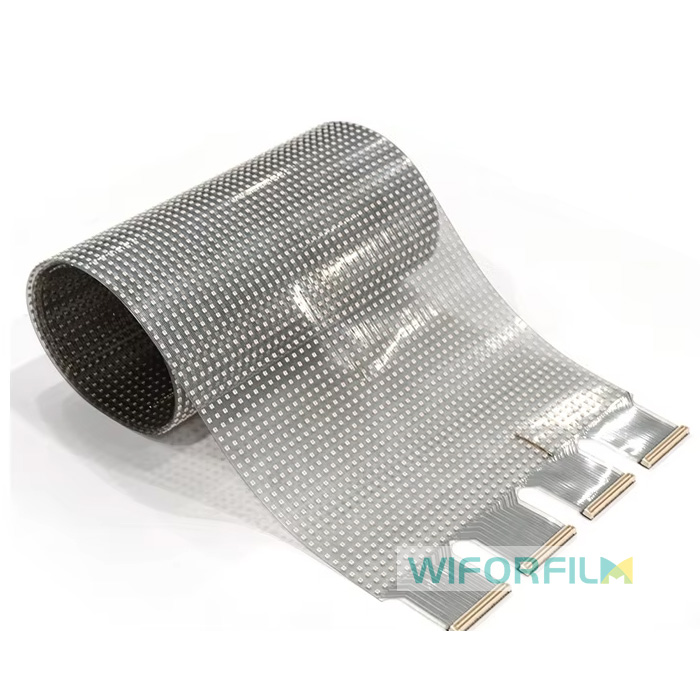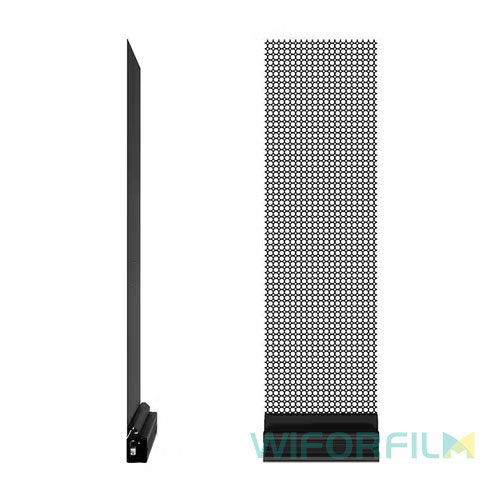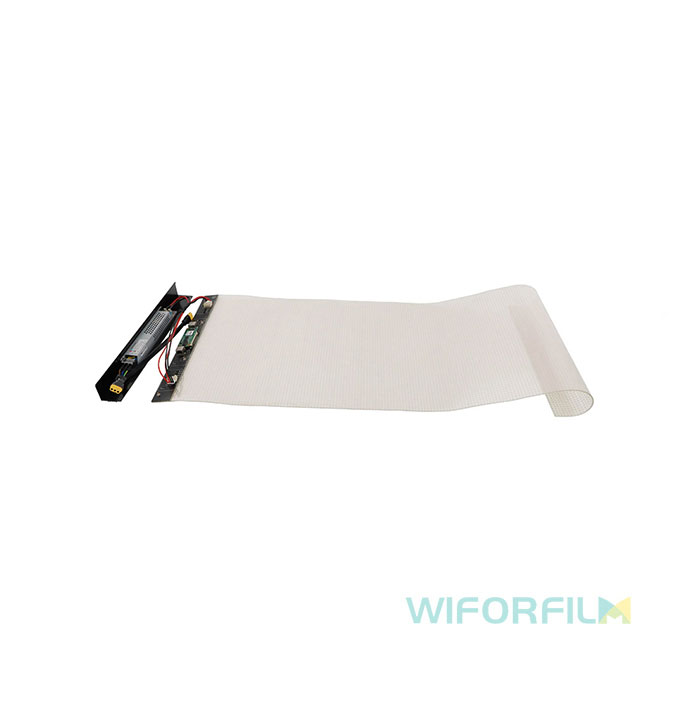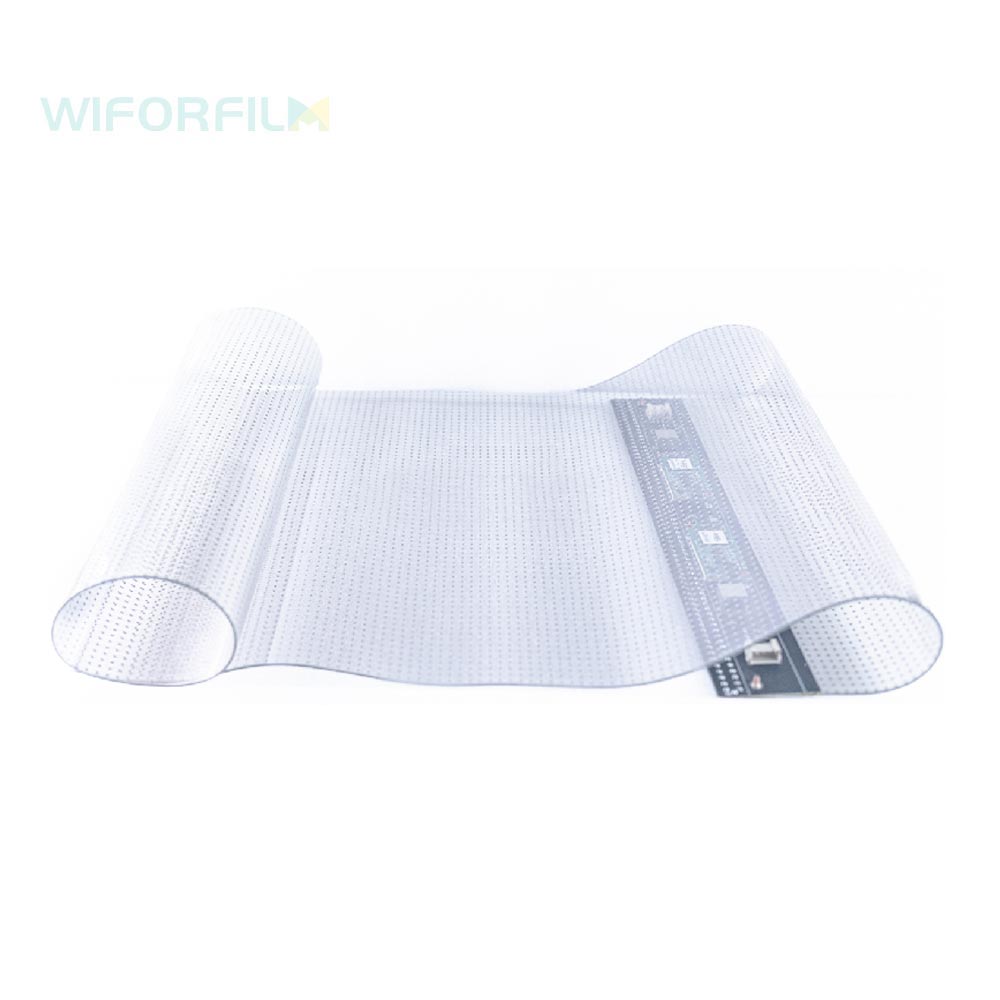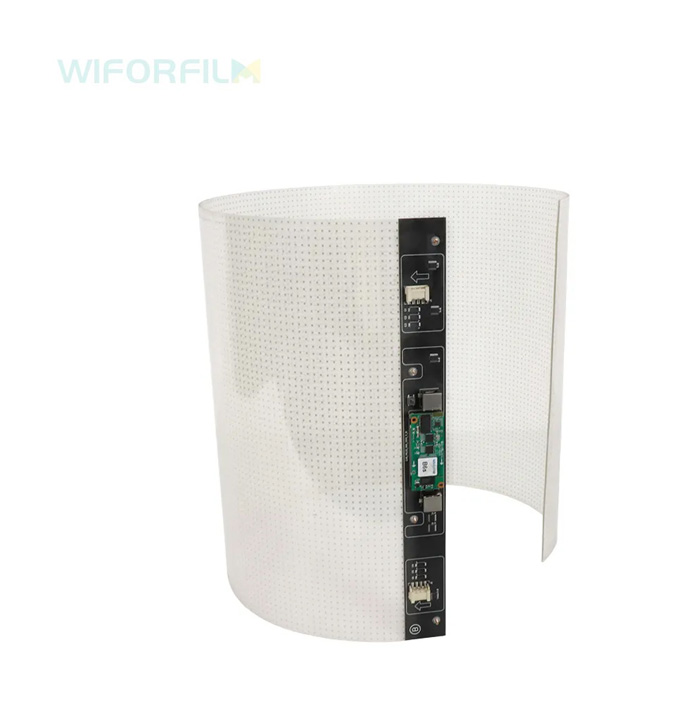Façade Transformation: LED screens are used to transform building facades into dynamic visual spectacles. Architects and designers can project artwork, animations, or even real-time data onto the building's exterior, altering its appearance at will. This creates an ever-changing urban landscape.
Wayfinding and Signage: LED screens can serve as interactive wayfinding tools within architectural spaces. They guide visitors through complex structures, provide real-time information, and adapt to changing conditions, ensuring a seamless navigation experience.
Interior Ambiance: LED screens can set the mood within architectural interiors. They can simulate natural lighting conditions, display abstract art, or create immersive environments for events. The screens' adaptability allows for quick adjustments to suit different occasions.
Information Displays: In public spaces like museums, airports, and transit hubs, LED screens serve as information hubs. They display departure times, exhibitions, maps, and other essential information in an engaging and easily updatable format.
Interactive Installations: LED screens enable interactive architectural installations. Through touch or motion sensors, users can engage with the display, turning buildings into immersive, participatory experiences. Interactive LED floors and walls are particularly popular.
Advertising and Branding: LED screens are a potent tool for advertising and branding within architectural spaces. They offer high-resolution, dynamic advertising opportunities, and their visibility ensures effective brand promotion.

Environmental Responsiveness: LED screens can respond to environmental conditions. For instance, they can adjust brightness based on ambient light, contributing to energy efficiency. This adaptive feature makes them environmentally friendly.
Artistic Expression: Architects and artists use LED screens as a medium for creative expression. They can create digital art installations, experimental video displays, and multimedia performances that push the boundaries of traditional architecture.
Data Visualization: In corporate or educational settings, LED screens are employed for data visualization. Complex data sets become more accessible when presented dynamically, aiding in decision-making and communication.
Sustainability: LED screens are energy-efficient and have a longer lifespan compared to traditional lighting. This sustainability aspect aligns with modern architectural trends emphasizing eco-friendliness.
Event Spaces: LED screens are crucial in event spaces, such as concert halls or conference centers. They provide dynamic backdrops for performances, presentations, and stage designs, enhancing the overall experience.
In conclusion, LED screens have become indispensable tools in architectural installations, offering a wide array of applications that blend art, technology, and functionality. Their adaptability, interactivity, and visual appeal continue to redefine the possibilities for architectural design and public spaces, making them a valuable asset in the modern built environment.




